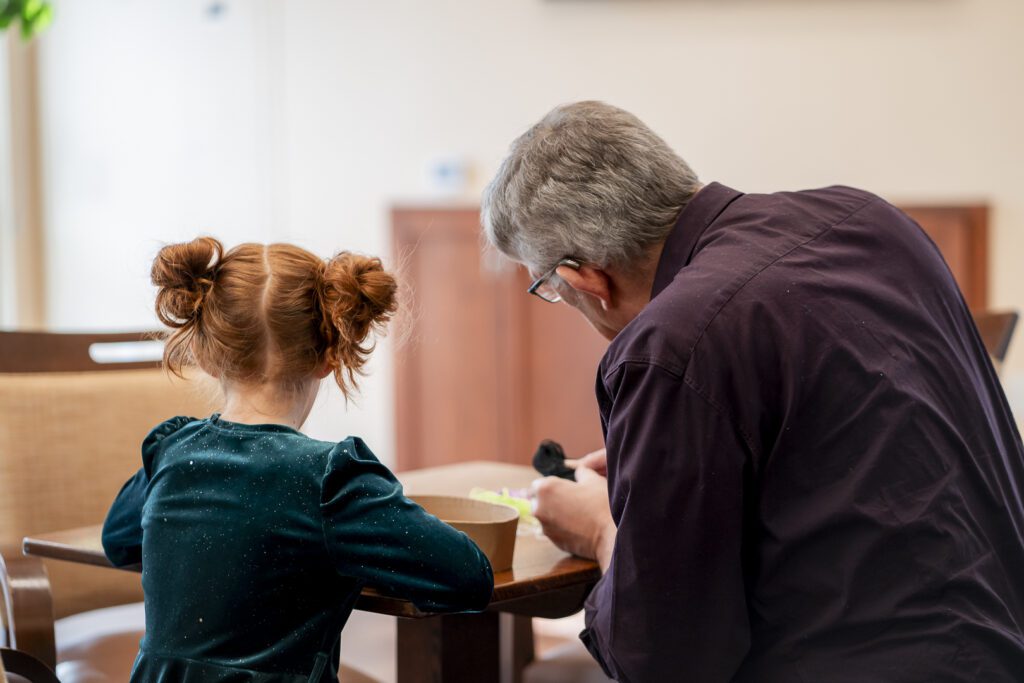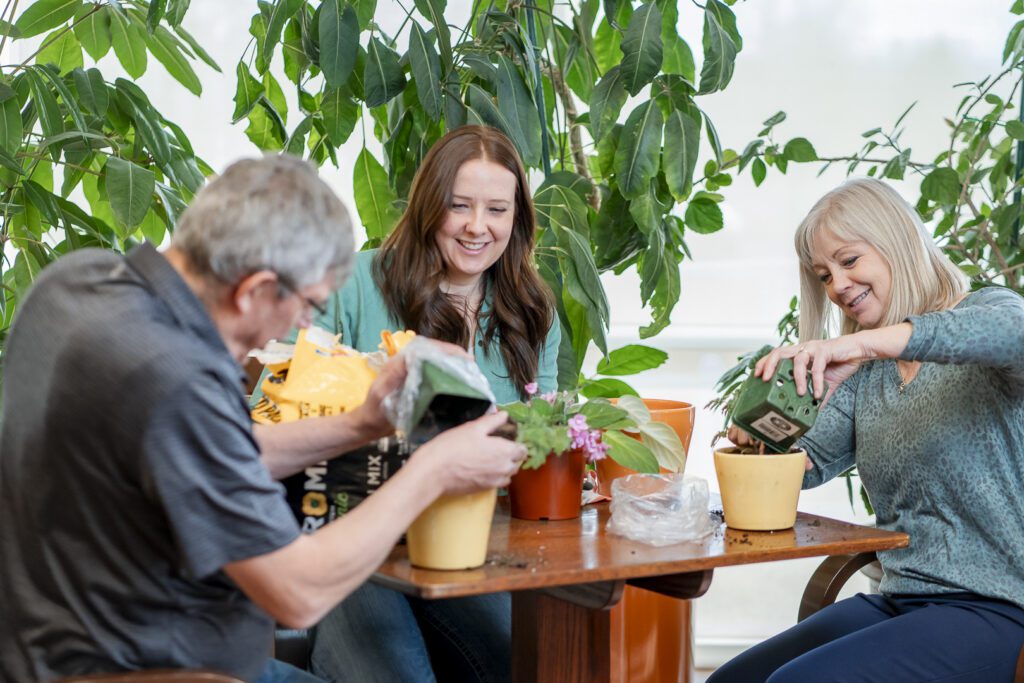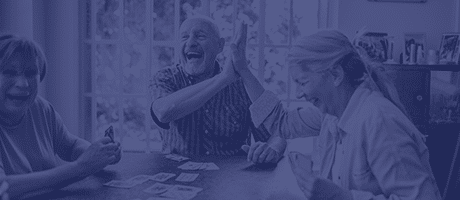Human nature calls us all to participate in the world in a way that we find meaning and purpose in the work that connects us to others. Conventional wisdom tells us that helping others is a good thing and science has demonstrated the outcomes it can have for the giver.
Study after study shows us that health outcomes, longevity, and disease progression are tied to mental health outcomes. A huge factor in having positive mental health is our connections with others. Volunteering, creating connections with others and our communities can decrease stress, increase happiness and overall wellbeing.
But what does the science say exactly? Researchers at the London School of Economics (Borgonovi, 2008) studied the relationship between volunteering and measures of happiness in a large group of American adults and found the more people volunteered, the happier they were. Compared with people who never volunteered, the odds of being “very happy” rose 7% among those who volunteer monthly and 12% for people who volunteer every two to four weeks. For weekly volunteers, researchers found a 16% increase in feeling very happy—a hike in happiness equivalent to having an income of $75,000–$100,000 versus $20,000. The threshold for volunteering to have an impact is about 100 hours per year or an average of two hours per week.
One of the most startling findings in volunteer research was that for those already in retirement, participation in volunteer service was more strongly correlated with life satisfaction than continuing to work for pay (Harlow and Cantor, 1996). Another study found that volunteering among older adults (age 60+) provided benefits to both physical and mental health, while similar correlations were not found for
mid-life adults who volunteer (Li and Ferraro, 2006).
Individuals who volunteer have lower mortality rates than those who do not, even when controlling for physical health (Sabin, 1993; Brown et al., 2005; Rogers, 1996). Those suffering from chronic pain experienced declines in their pain intensity and decreased levels of disability and depression when they began to serve as peer volunteers for others also in chronic pain (Arnstein et al., 2002). For people who
have experienced a heart attack, those who volunteered after the event reported reductions in despair and depression, two factors that have been linked to an increased likelihood of mortality in this type of patient (Sullivan and Sullivan, 1997).
According to the Bureau of Labor Statistics, about 25% of Americans participate in some form of volunteering. In Montana 32.4% of residents volunteer, ranking us 12th in the nation. This is probably not surprising to those of us who live here. Montanans still have the pioneer spirit of helping their neighbor as a way of life.



St. John’s has made a directed effort over the last year to increase the number of meaningful volunteer opportunities both for those outside the organization as well as for those who live here. If you are interested in getting involved, please call Elisa Carrother, Community Volunteer Coordinator at 655-5380 or email volunteer@sjlm.org.

Written by:
Carissa Welsh
Director of Volunteer Services & Grants
St. John’s United
Reference to any products, services, processes, hypertext links to third parties or other Data by trade name, trademark, manufacturer, supplier or otherwise does not necessarily constitute or imply its endorsement, sponsorship or recommendation by us or our licensors.




